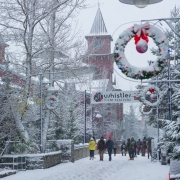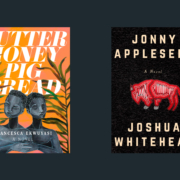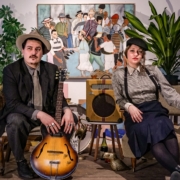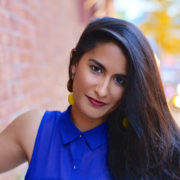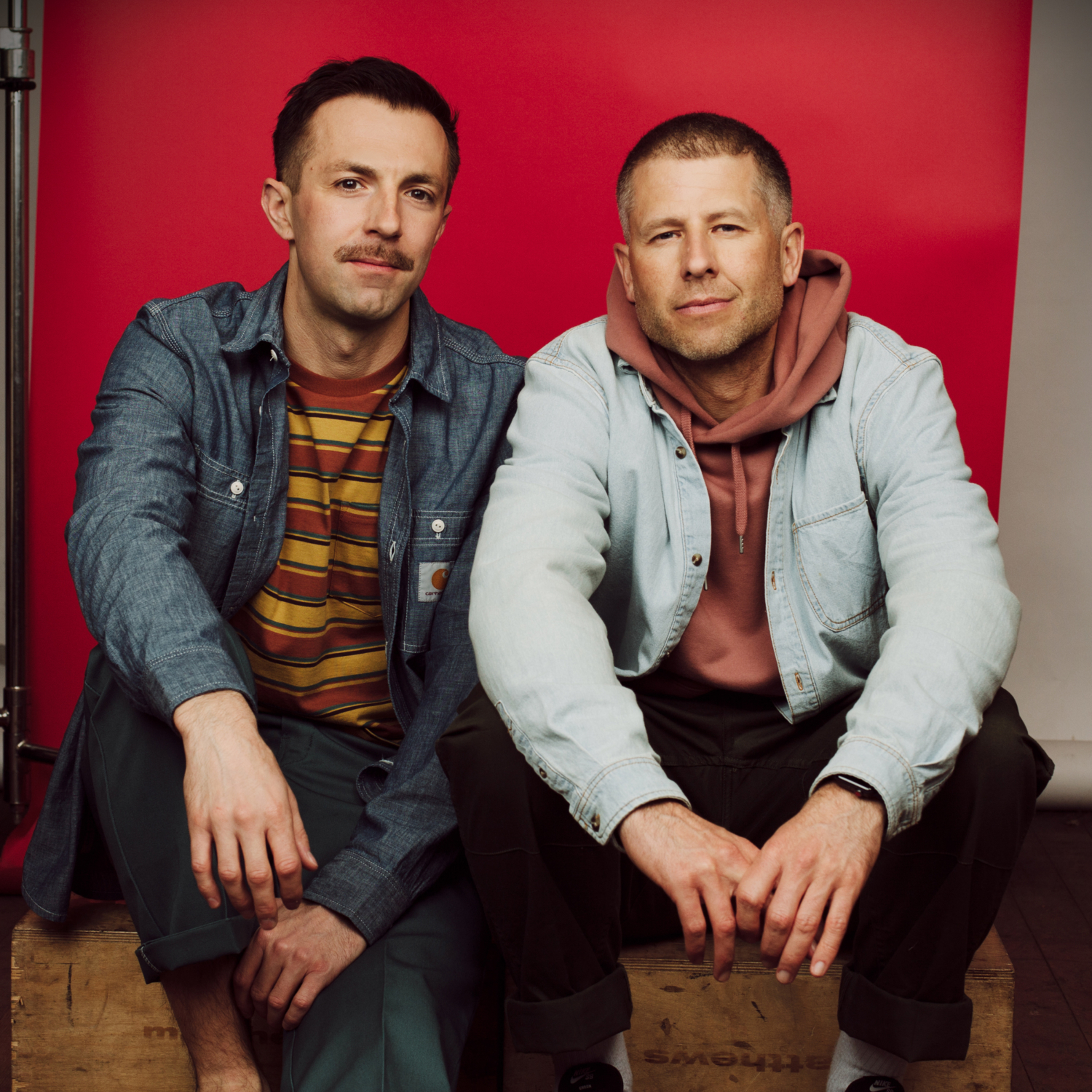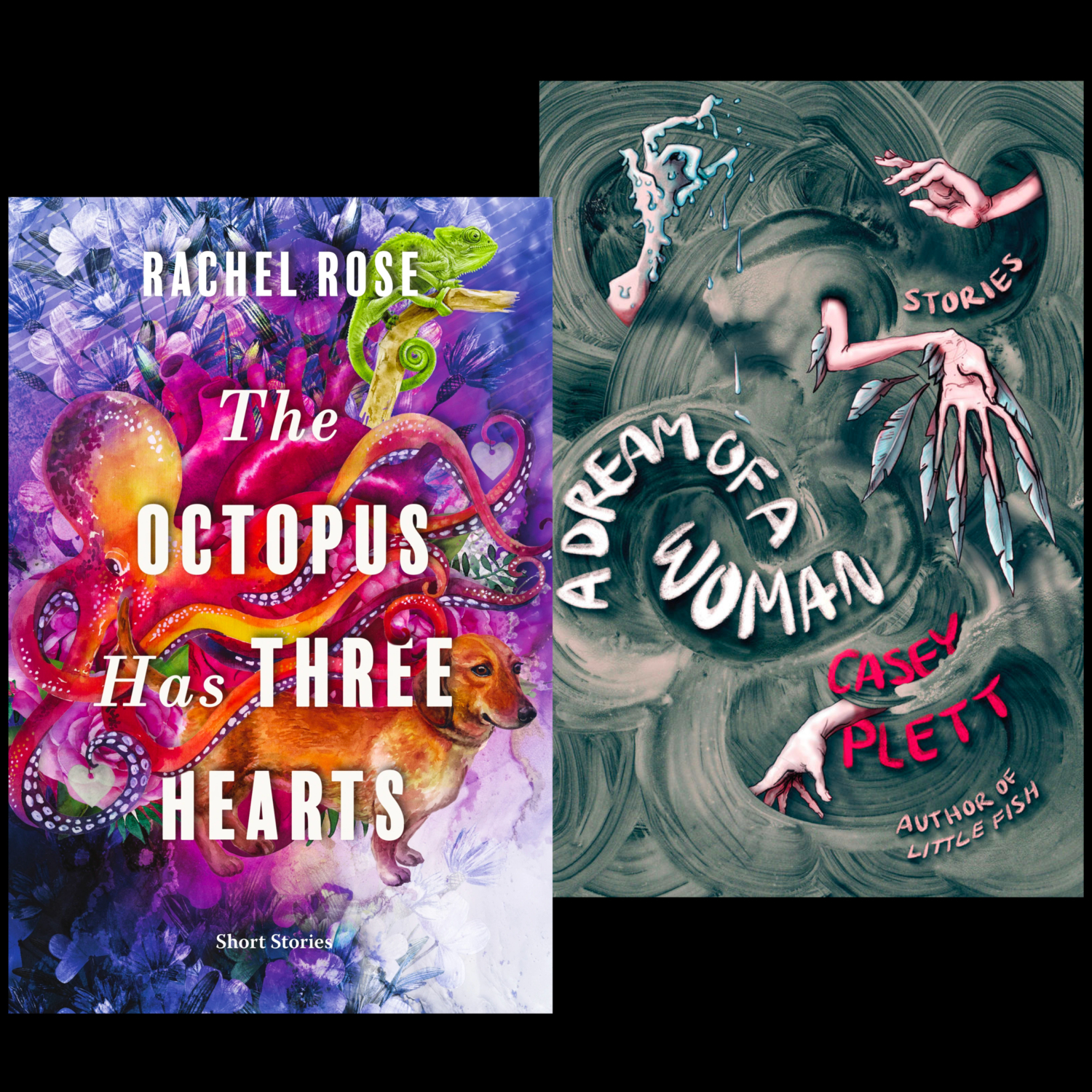To commemorate Indigenous History Month, the Vancouver International Film Festival (VIFF) and Museum of Vancouver (MOV) present the Who We Are film series in conjunction with MOV’s latest exhibition, That Which Sustains Us. Launching on VIFF Connect on National Indigenous Peoples Day (June 21), the series programmed by Indigenous curators Rylan Friday, Jasmine Wilson and Sharon Fortney includes five feature films showcasing a diversity of Indigenous experiences.
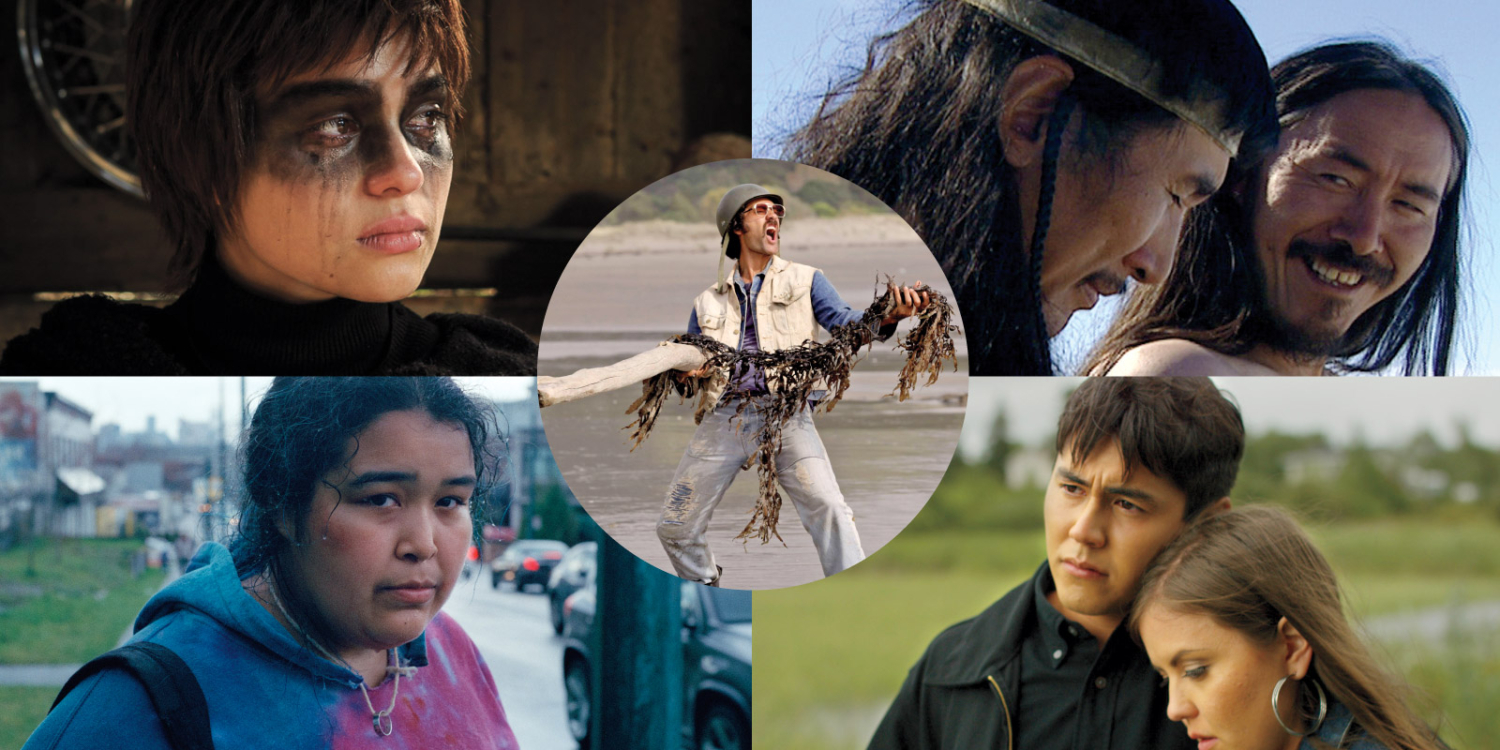
Rylan Friday is an emerging filmmaker and curator from Cote First Nation, Saskatchewan. He produced Trevor Mack’s debut feature Portraits From a Fire which is slated for a 2021 festival release. Recently, Rylan became the first openly gay Indigenous filmmaker to spearhead the 2020 iteration of the VIFF’s Catalyst Mentorship Program, and curated the highly successful #Indigeneity series for Reel Causes. His short This Bright Flash has screened at VIFF, FTQFF, The Lift-Off Sessions LA, FNFVF Chicago and Mexico City. Currently, Rylan is developing a web series, Looking For Tiger Lily and Unsettled: Encounters with the Unknown, short films, The Sound of You Collapsing, Terror/Forming and Mt. Washington.
Featuring narratives across every genre, Who We Are was created to celebrate Indigenous voices in cinema from First Nations, Métis, Inuit and Maori filmmakers. We chatted with Rylan about his process in narrowing down this selection, his career and advice to emerging filmmakers.
Tell us about your curation, how did you narrow down this selection of films?
My angle going into it was deviating away from trauma-based narratives that are so prevalent within intersectional marginalized communities. Growing up in the 90s and 2000s, it seemed like most of the stories were told by non-Indigenous creatives. They were painting indigenous people in this light that there’s always going to be trauma, there’s always going to be tragedy but that’s not what Indigenous people are. Yeah, we’re suffering the ramifications of colonization and ripple effects of intergenerational trauma, violence and lateral violence in that Indigenous people’s stories are just reduced down to a more palatable stereotype to fit a more western/white/non-Indigenous audience and I thought that it was really important to just reflect the complexities and diversity and what Indigeneity is. To celebrate the culture and that’s we’re much more than trauma, but there are these stories of laughter, joy, pain, that are also interwoven and humour of what Indigenous people have. All these experiences and stories shape who are as Indigenous people.
Your selection varies across genres from comedy to thriller and drama, can you tell us about the importance of sharing a variety of storytelling approaches? how does this shape the festival, the audience, the experience?
I narrowed down my selection by picking my all-time favourites, but of course there was a lot of trial and error. The process was figuring out different margins of representation since we wanted representation for Inuit, Métis, First Nations, and Maori for that international appeal. We wanted to alleviate the barrier and create access by providing free access for Indigenous people. We wanted to show a magnitude of different types of stories Indigenous people have. We have Rhymes for Young Ghouls, where there is tragedy but it’s also more so stylized as some type of revenge fantasy. I can resonate with a lot of younger Indigenous, and queer and Indigiqueer people everywhere, where they are against the patriarchy and systems that were put into place. I see this curation as a coming of age story because four of the five have different aspects of like growing up Indigenous since we have Boy, we also have The Body Remembers When the World Broke Open, we also have Fire Song, an Indigiqueer tale, and Rhymes for Old Ghouls. There’s a gradual increase of age and then it caps off into Atanarjuat: The Fast Runner and for me, that’s my preferred viewing order. Seeing the intergenerational link and that the different cultures have commonalities, showing the wide range of Indigenous people sharing their traditional oral storytellings. We’re in a time now where Indigenous people, people of colour, women and people of any orientation are feeling really empowered and safe to tell stories — I like to say that we’re in some type of Indigenous Renaissance because growing up in like the 90s and 2000s for me like being Indigenous was one of the most awful things you can be just because we were under like a conservative government that trickled down to show around toxicities in racism. So it’s great to see that there’s a lot more support and now it especially when it comes to the stories and to see more Indigenous presence within the Canadian film festival circuit.
How can non-Indigenous audiences support and uplift indigenous films and storytellers?
I feel like it’s a great learning opportunity for non-Indigenous people to learn the stories but also get educated through these tales in the curation. Hopefully they can be empowered to do the work, especially with what’s coming out of Kamloops and Regina, and all of these other places. For me as an Indigenous person growing up on the Cote First Nation out of Saskatchewan, we had three residential schools as we have three reserves that surround my hometown of Kamsack. Hopefully with all of this is coming to the surface and this curation furthers a drive for the need for more education.
What is the first film you remember watching that made you want to become a filmmaker?
There’s been a lot of films that made me want to become a filmmaker, it’s more that filmmaking fell onto my lap. I’d graduated from BCIT from the radio broadcasting diploma, and I wasn’t sure what I was going to do since radio wasn’t really in my wheelhouse. I thought it was going to be this amazing career I was going to have and not realized it wasn’t for me. I thought there was something bigger and unique for me, and I remember getting an email from a friend to apply for a show at CBC, then I went to film school and dropped out then went to work for a production company. I then just put myself out there and started taking risks. There are so many films out there and what I like a look more for is the storytelling approach, and the scripts, I don’t necessarily have a favourite film, more so favourite screenwriters.
What advice would you give Indigenous filmmakers hoping to start their journey as a creator?
Stay focused, keep practicing, keep writing. No idea is too silly. No idea is too big or too small. Ultimately, just keep putting yourself out there. Be bold, take risks, network, network, network. Take those necessary risks, keep training, exploring and make healthy connections. And don’t bite the hands that feed you.
How will you be celebrating Indigenous Peoples’ Day?
I normally would be hanging out at Trout Lake with a few friends or getting Bannock and taking it all in, but Monday the 21st is when the Who We Are curation launches so I’ll be doing like a nice little a little happy hour mixer with the Museum of Vancouver team to celebrate the successes and the hype it’s been getting and working on the pre-production of my short film.
What is your next project and can you talk about it?
I have multiple projects going on right now! I’m in pre-production for The Sound Of You Collapsing, it’s a very experimental visual audio poem. It explores the main character’s relationship in this dream world and must discover his identity lost in a toxic relationship while facing traumas from his relationship and cocaine abuse. It stems from different lived experiences.
I’m finishing up a Trevor Mack debut feature called Portraits of a Fire. We’re hoping to have that in the festival cycle this year. I’m also developing a television series called and Unsettled: Encounters with the Unknown that surrounds hauntings and cryptic tales on Indigenous reservations throughout Turtle Island stemming from paranormal phenomena that I grew up with on my reservation in the Cote First Nation.
As of right now, I’m currently developing my other short film, Terror/Forming, a proof-of-concept short horror film that may be made later this year in one single continuous take to show a case of anxiety and tension bubbling up to the surface in real-time.
Rylan Friday | Website
Buy Tickets | VIFF.org

